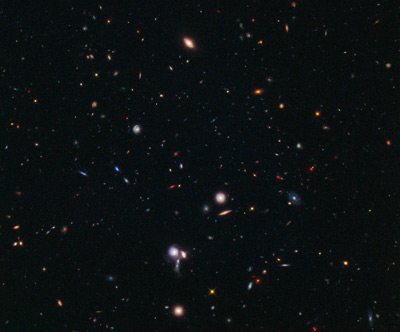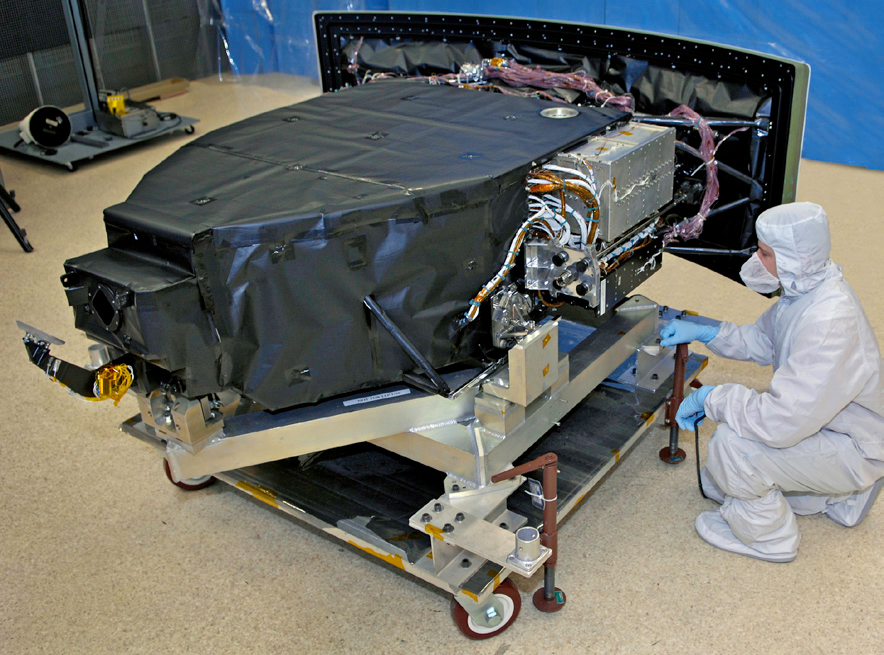This article is more than 1 year old
Hubble shows images from record-breaking 13.1 billion light-years
Spots quintet of infant galaxies in formation
The Hubble telescope has broken its own distance record, spotting a cluster of five galaxies 13.1billion light-years away.
They were spotted as part of the Brightest Reionizing Galaxies (BoRG) survey, which aims to scan the theoretical edges of the universe. In a paper to the American Astronomical Society meeting Michele Trenti, of the University of Colorado and the Institute of Astronomy at the University of Cambridge, postulated that the image showed a grouping has grown into a 2,000 galaxy group, similar in size to the Virgo cluster.

BoRG has no plans for assimilation of galaxies
"These galaxies formed during the earliest stages of galaxy assembly, when galaxies had just started to cluster together," he said in a statement. "The result confirms our theoretical understanding of the buildup of galaxy clusters. And, Hubble is just powerful enough to find the first examples of them at this distance."
The galaxies themselves are between a tenth and a half of the size of our Milky May, but are much brighter as they absorb the material from merging objects. The team could only spot these brightest of galaxies and Trenti suggested that there were many more outside of clusters, and thus too dim to be seen. Further spectroscopic observations are planned for next year.
The BoRG survey is being conducted using the Hubble’s most advanced imaging unit, the Wide Field Camera 3 (WFC3). This uses twin sensors; a large format Charge Coupled Device to view near-ultraviolet emissions and a mercury, cadmium and tellurium photosensitive surface to scan to the edges of infrared. The camera was also used list year to show the warping of dark matter on galactic viewing.

The WFC3 camera was installed in 2009
"We need to look in many different areas because the odds of finding something this rare are very small," said Trenti. "It's like playing a game of Battleship: the search is hit-and-miss. Typically, a region has nothing, but if we hit the right spot, we can find multiple galaxies." ®
